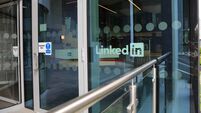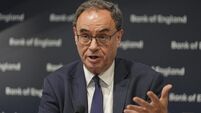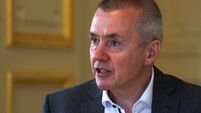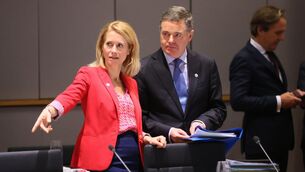Oliver Mangan: Markets want to see action from central banks
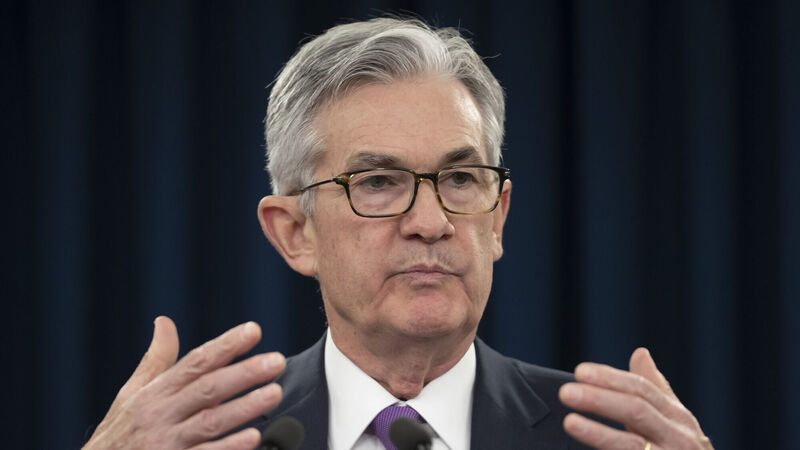
Chair of the US Federal Reserve, Jerome Powell. The main central banks have been united in their efforts to assuage market concerns that monetary policy could be tightened early in this cycle to counter rising inflationary pressures. File photo: AP
The main central banks have been united in their efforts to assuage market concerns that monetary policy could be tightened early in this cycle to counter rising inflationary pressures.
Futures contracts have moved recently to price in the fact that rates hikes could occur as early as the second half of next year in the US and UK.
This has led to a marked rise in long term interest rates year-to-date. The upward pressure on bond yields represents an effective tightening of policy. This is the last thing monetary authorities want with economies still struggling to recover from the deepest global recession since the Great Depression of the early 1930s.
Inflation is set to pick up this year as a result of a number of factors, including the sharp rebound in oil prices, unwinding of last year’s VAT cuts, as well as shortages of raw materials and other inputs. Central bankers argue that inflation is rising from a very low level and the pick-up will prove temporary.
They point to the considerable degree of slack in the economy and labour markets, which should keep inflation in check. In particular, the US Federal Reserve has been highlighting that payrolls are still some 9.5 million or 6% below pre-pandemic levels, which points to considerable weakness in the labour market.
Meantime, we expect that the ECB’s updated macroeconomic forecasts to be published on Thursday will likely show inflation still well below its 2% target in 2022-23 after moving higher this year. The latest forecasts from the Bank of England are for the current very subdued UK CPI rate to pick up this year to its 2% target and remain around this level over the following couple of years.
Markets, though, would like to see some action from central banks, in the form of increased bond purchases, which would signal a real desire to keep long term interest rates low.
However, the Chair of the Federal Reserve, Jerome Powell, did not signal that such a move was on the cards in the US in a closely watched speech last week. Although, there is speculation that the ECB could announce an acceleration in the pace of asset purchases at its policy meeting on Thursday to counteract the upward pressure on Eurozone bond yields.
Ten-year US Treasury yields have moved up to 1.6%, a jump of over 100bps since late last summer. European bond yields have risen at a much slower pace, with ten year German bond yields remaining deep in negative territory at around -0.3%. Markets think that any hike in Eurozone rates is still a long way off. ECB rates are not expected to be increased until 2024 at the earliest, well after the US Federal Reserve, and remain negative until 2026.
Thursday’s ECB Council meeting will be important for both bond and currency markets.
Action to try and stem the upward pressure on Eurozone yields could see the euro lose some further ground. There is strong technical support, though, for the single currency at around the $1.16-1.18 level, which could help limit its downside.


